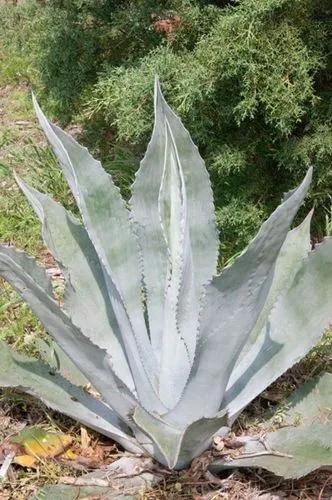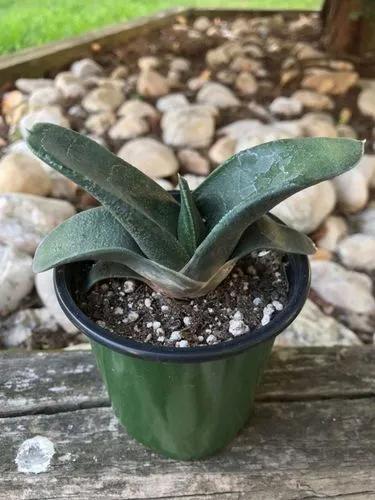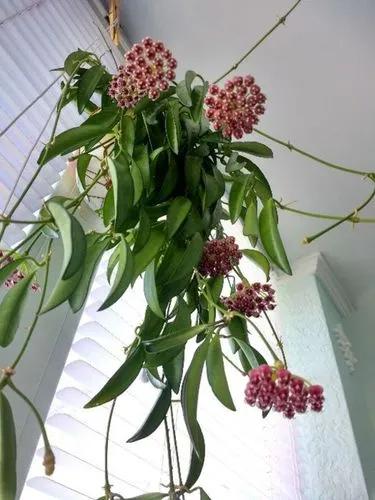The Living Stone plant originates in Africa and has one of the unique appearances among succulents. Shaped and colored like small stones, Living Stones are an extremely easy plant to identify and require little intervention to grow and stay healthy.
Living Stone Care
Lithops optica 'Rubra'



With over 140 variations of Lithops, the Rubra stands out for its beautiful, deep red or purple color. It is also a hardy plant that grows close to the ground and is able to survive seasonal droughts. This makes Rubra an excellent choice for first-time plant enthusiasts.
Rubra grows naturally in a desert climate and has its dormant period during the summer. When winter comes and brings rainfall to Africa, the Rubra grows two new club-shaped leaves. They also produce a tiny, daisy-like flower during the summer and fall.
How to Care for the Plant

Water

While an easy plant to care for, it should be watered with caution. Once the leaves have fully grown in autumn and into the water, it is safe to water your Rubra. They will not require watering during their dormancy period in summer and will only require little watering during fall, winter, and spring. Be sure to let them dry out fully between waterings.

Pruning

Pruning is not required for this succulent.

Fertilizer

For a succulent that is prone to rot, it is not advised to use fertilizer. They can be fed once during the winter, but it is not necessary.

Sunlight

Living Stones love to be in the sun. They’ll do best in a well-lit room that offers them some shade to keep from overheating. It is recommended to place them in west- or south-facing windows.

Soil

This plant can be overwatered or retain water, which will cause root rot. To combat this, use loamy soil that has some sand in it. You can also make soil using gravel, sand, and loam.

Propagation

Propagation for Rubra should take place in early spring. The easiest method is to plant seeds in your chosen pot and keep the soil at 69°F (21°C). They will take three years to fully mature and bloom. It is also possible to propagate from the cuttings of a parent plant, but it can be difficult as they form tight clusters.

Temperature

As a native African plant, the Rubra is quite hardy. It will comfortably live in 65°F (18°C)- 75°F (24°C), a wide range for many growers. Take care to protect your plant from frost.

Container

Living Stones thrive best in a small pot that allows them to completely dry out between waterings, so a clay pot or one with holes is recommended.

Fun fact

This plant thrives best when left alone and requires little management. When clustered together, they look like a pile of living stones, hence the name!

Popularity

97 people already have this plant 83 people have added this plant to their wishlists
Discover more plants with the list below
Related articles






